Red Okra
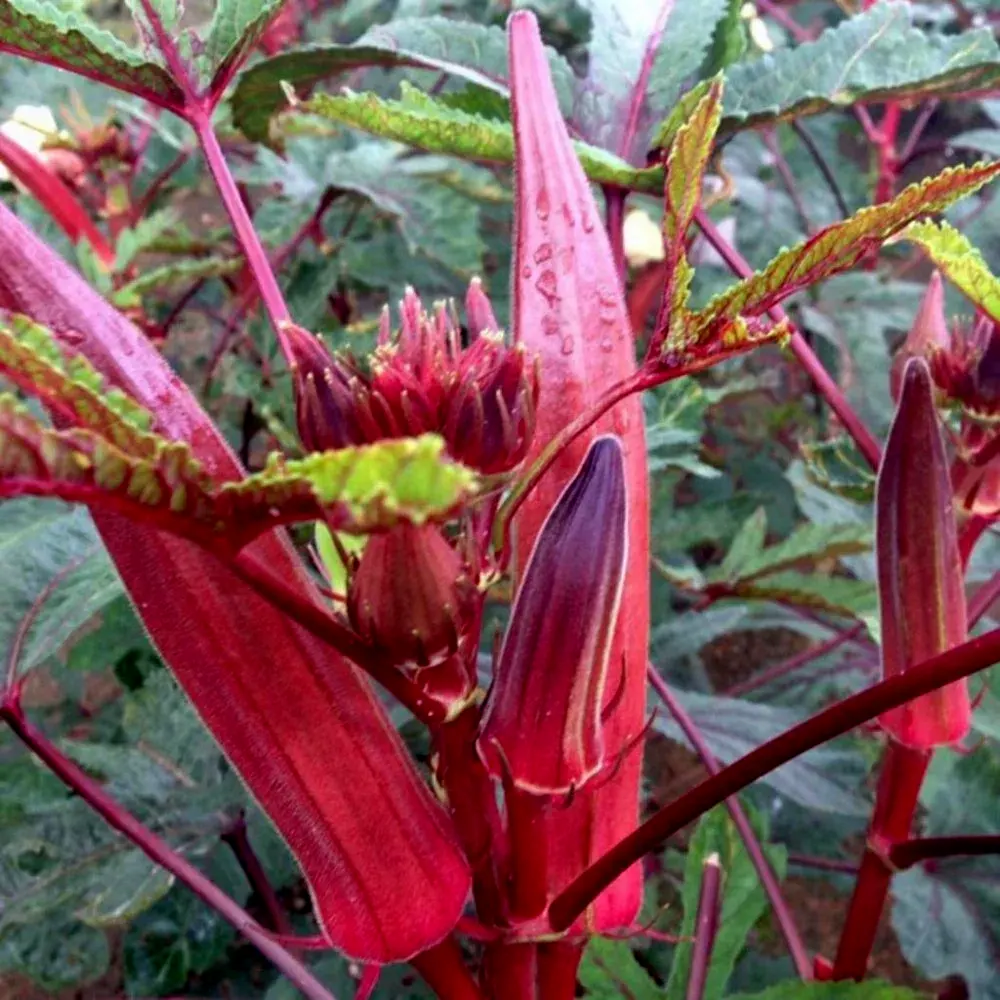

Red Okra
Product Price:
₹40.00 Original price was: ₹40.00.₹30.00Current price is: ₹30.00.
Pack of 20 seeds
Everyday essentials can support a healthier planet. This choice reflects a commitment to natural balance, using fewer resources and encouraging long-term use. Ideal for anyone looking to live more lightly and protect what matters most—our shared environment.
Description
🌶️ Red okra, also known as Red Burgundy okra, is a vibrant twist on the classic green variety. It’s completely edible and just as versatile in cooking, though its striking red hue fades to green when cooked.
🌱 What Makes Red Okra Special
- Color & Appearance: Deep red pods, often 2–5 inches long, with burgundy stems and yellow hibiscus-like flowers.
- Origin: Bred in 1983 by Leon Robbins at Clemson University, it won the All-America Selections award in 1988.
- Varieties: Includes Red Velvet, Royal Burgundy, Little Lucy, Hill Country Red, and Aunt Hettie’s Red.
🍽️ Taste & Cooking
- Flavor: Mild, similar to green okra—some say a cross between eggplant and asparagus.
- Uses: Great for frying, sautéing, pickling, or adding to gumbo and stews.
- Fun Fact: It’s technically a fruit, though used as a vegetable in cooking.
🌿 Growing Tips
- Climate: Thrives in warm, humid conditions—perfect for Indian summers.
- Soil: Prefers well-drained, fertile soil with a pH of 6.0–6.8.
- Harvest: Ready in 50–60 days; pick when pods are 3–4 inches long for best texture.
💪 Health Benefits
- Rich in Antioxidants: Thanks to anthocyanins, which give it the red color.
- High in Vitamins: Especially vitamins A, C, and K, plus folate and magnesium.
- Supports Digestion & Immunity: Its fiber and vitamin content make it a gut-friendly, immune-boosting veggie.
Related products
-
Sale!
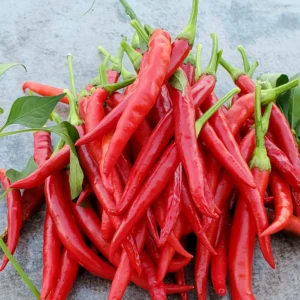
Guntur Chilli
₹40.00Original price was: ₹40.00.₹30.00Current price is: ₹30.00. Add to cart -
Sale!
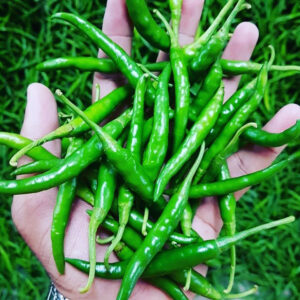
Chilli G4 Long
₹40.00Original price was: ₹40.00.₹30.00Current price is: ₹30.00. Add to cart -
Sale!
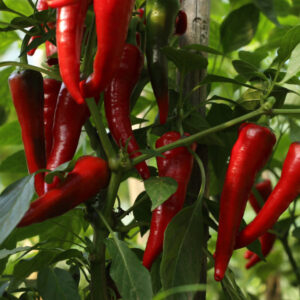
Byadagi Hot Chilli
₹40.00Original price was: ₹40.00.₹30.00Current price is: ₹30.00. Add to cart -
Sale!
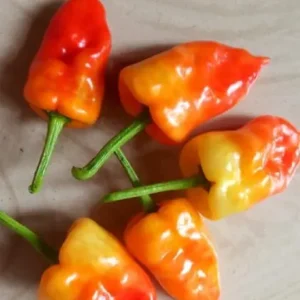
Sambar chilli
₹40.00Original price was: ₹40.00.₹30.00Current price is: ₹30.00. Add to cart -
Sale!
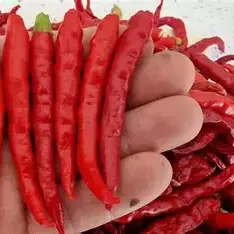
Teja Chilli
₹40.00Original price was: ₹40.00.₹30.00Current price is: ₹30.00. Add to cart -
Sale!
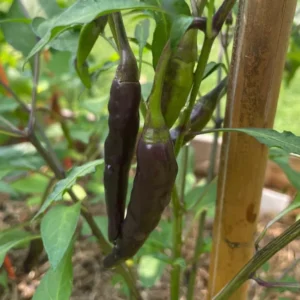
Hybrid Black chilli
₹40.00Original price was: ₹40.00.₹30.00Current price is: ₹30.00. Add to cart -
Sale!
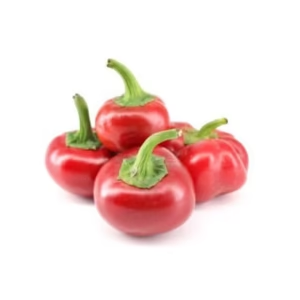
Cherry Chilli
₹40.00Original price was: ₹40.00.₹30.00Current price is: ₹30.00. Add to cart -
Sale!

Round Ball Chilli
₹40.00Original price was: ₹40.00.₹30.00Current price is: ₹30.00. Add to cart -
Sale!

Round Chilli
₹40.00Original price was: ₹40.00.₹30.00Current price is: ₹30.00. Add to cart -
Sale!
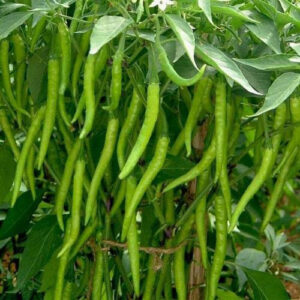
Arya Chilli
₹40.00Original price was: ₹40.00.₹30.00Current price is: ₹30.00. Add to cart

GOSHO.STORE is your go-to online destination for quality products, great deals, and a seamless shopping experience. From everyday essentials to exclusive finds, we bring convenience, value, and customer satisfaction to the forefront of online shopping. Shop smart. Shop easy.
Shop with GOSHO.
Reviews
There are no reviews yet.